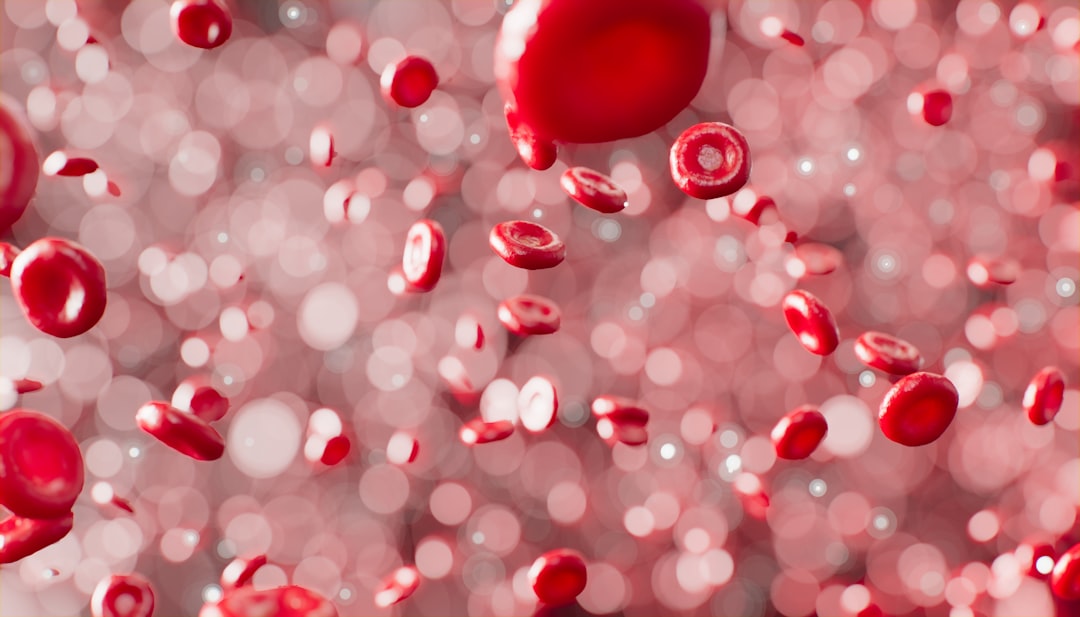What is it about?
This exploratory study seeks to dock the active components of Cannabis sativa, a natural plant with several pharmacological and biological properties, with the angiotensin-converting enzyme II (ACE2) receptor.
Featured Image

Photo by Shane Rounce on Unsplash
Why is it important?
6-Prenylapigenin, cannabivarin (CBN-C3), and Δ8-tetrahydrocannabinolic acid-A (Δ8-THCA) have a greater affinity (−8.3, −8.3, and −8.0 kcal/mol, respectively) and satisfactory interaction with ACE2 than its inhibitor MLN-4760 (−7.1 kcal/mol). These potential drugs with higher affinity for the ACE2 receptor and adequate absorption, distribution, metabolism, excretion, and toxicity (ADMET) values are candidates for treating or preventing SARS-CoV-2 infections.
Perspectives
In vitro and in vivo investigations are needed to evaluate further the efficacy and toxicity of these hit compounds.
Dr. RFAKI ABDERRAZAK
National center of scientific and technical research (CNRST), Rabat
Read the Original
This page is a summary of: Molecular Modeling Targeting the ACE2 Receptor with Cannabis sativa’s Active Ingredients for Antiviral Drug Discovery against SARS-CoV-2 Infections, Bioinformatics and Biology Insights, January 2022, SAGE Publications,
DOI: 10.1177/11779322221145380.
You can read the full text:
Resources
Contributors
The following have contributed to this page










